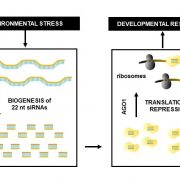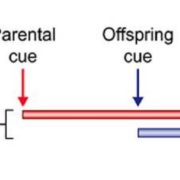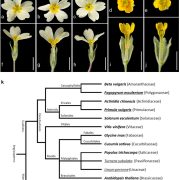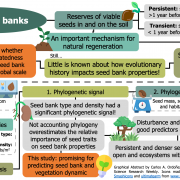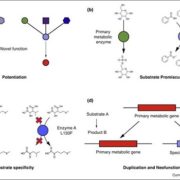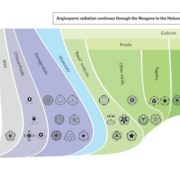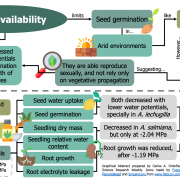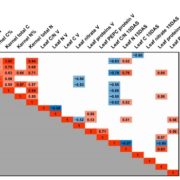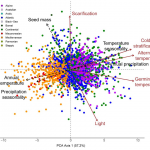The urban environment led to unintended adaptive evolution in plants (Science)
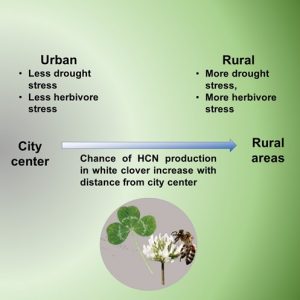 Generally, evolution is driven by natural selection, but not always. Human activities lead to the creation of unique niches, and other organisms must adapt accordingly. Cities are unique niches that are significantly different from rural areas and natural conditions. The urban habitat provides plants with adequate water and protection from herbivores. In a recent study, Santangelo et al. phenotyped over 110000 white clover plants from 6169 populations globally. These include many urban and nearby rural white clover populations. The authors sequenced 2074 of these populations. The authors observed a higher probability of hydrogen cyanide (HCN) production in white clover populations in a rural environment. The production of HCN is a stress response that is elicited by herbivores or drought conditions. In many cities, the tendency to produce HCN increases with distance from the city center. This indicates adaptive evolution driven by urban conditions. It will be interesting to find if there is gain of HCN production in rural areas or plants that are adapted to urban conditions gave up this feature. If you ask me, my bet is one the second one. (Summary by Kamal Kumar Malukani, @KamalMalukani) Science, 10.1126/science.abk0989
Generally, evolution is driven by natural selection, but not always. Human activities lead to the creation of unique niches, and other organisms must adapt accordingly. Cities are unique niches that are significantly different from rural areas and natural conditions. The urban habitat provides plants with adequate water and protection from herbivores. In a recent study, Santangelo et al. phenotyped over 110000 white clover plants from 6169 populations globally. These include many urban and nearby rural white clover populations. The authors sequenced 2074 of these populations. The authors observed a higher probability of hydrogen cyanide (HCN) production in white clover populations in a rural environment. The production of HCN is a stress response that is elicited by herbivores or drought conditions. In many cities, the tendency to produce HCN increases with distance from the city center. This indicates adaptive evolution driven by urban conditions. It will be interesting to find if there is gain of HCN production in rural areas or plants that are adapted to urban conditions gave up this feature. If you ask me, my bet is one the second one. (Summary by Kamal Kumar Malukani, @KamalMalukani) Science, 10.1126/science.abk0989


